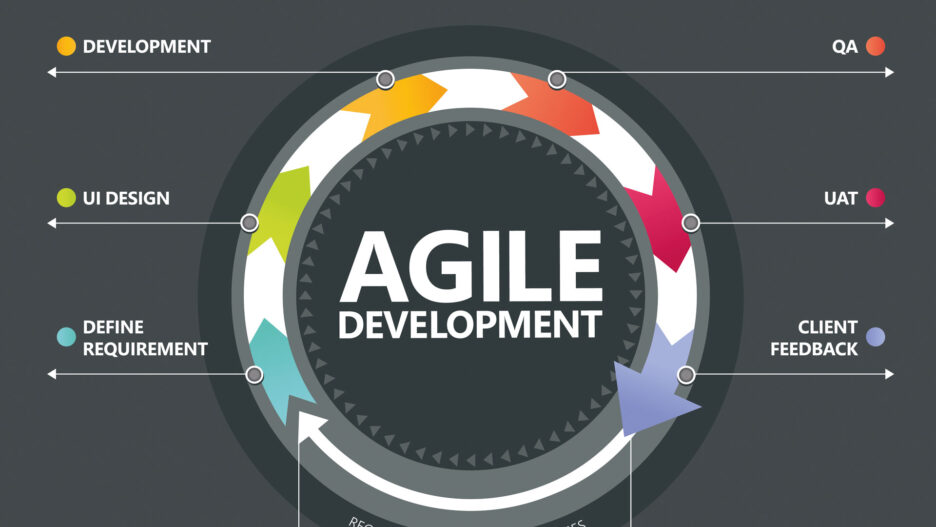Software development can be described as a set of organizational phases that include activities which help manage time and progress of a project. Agile working approach can be combined with other methodologies like Waterfall, Extreme Programming, Iterative, Incremental, Spiral or Rapid Application Development.
However, among this variety, Agile is one of the most popular in the IT world, mostly known and selected for its flexibility. Agile is built upon such basic principles as short incremental iterations of working software, close collaboration with a customer, daily communication between team members, and adaptability to circumstances. It ensures that projects progress smoothly avoiding over-planning and quickly responding to the dynamically changing requirements.
These are several key arguments why Agile is deployed on most Svitla Systems’ projects
Always on Time
It is not a rare case when after several months of development, the project is expected to be finished tomorrow, but today nothing is ready for the release. This won’t happen if you use Agile approach that splits the development process into 2-3 weeks increments (aka sprints) in order to implement small goals that would contribute to the project’s progress. The sprint approach does not allow any procrastination and keeps everyone in a dynamic pace. Thus, each 2-3 weeks sprint shows a tangible result and provides an understanding at what point of the roadmap you are at.
Flexibility
It shouldn’t be a surprise for anybody: requirements can change multiple times during the development. Fresh ideas, software updates, and innovative technologies force us to be very flexible and quick in taking decisions. Agile allows for correcting requirements at each step of the development, with minimum time loss and rollbacks for the progress of the project.
Agile communication
Good process of communication between a customer and a team is essential for the successful development. It is extremely important to be on the same page about the requirements. In this aspect, Agile methodology promotes daily meetings and horizontal type of communication between all team members. Svitla Systems hires only English-speaking developers to provide seamless communication. So you don’t have to rely only on the Team Lead on status calls; any member of our Teams is ready to contribute.
Scrum and Kanban
Scrum (as well as Kanban) is an Agile framework that focuses on a quick delivery of product increments at the end of each sprint. On a Scrum-call, a customer is always present and can influence the process any time. Scrum approach allows for recognizing and eliminating bottlenecks and defects in the early steps of the development. Kanban is less structured than Scrum and provides changes in the requirements through the improvements.
With all mentioned advantages, it is clear why Agile development is so popular in Svitla Systems and among our customers. Agility combined with a clear management that leads to timely and successful results is our best solution for any business.





